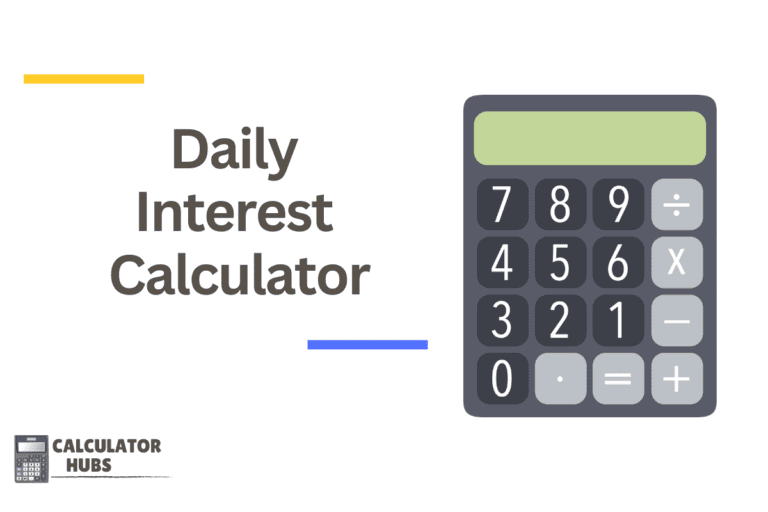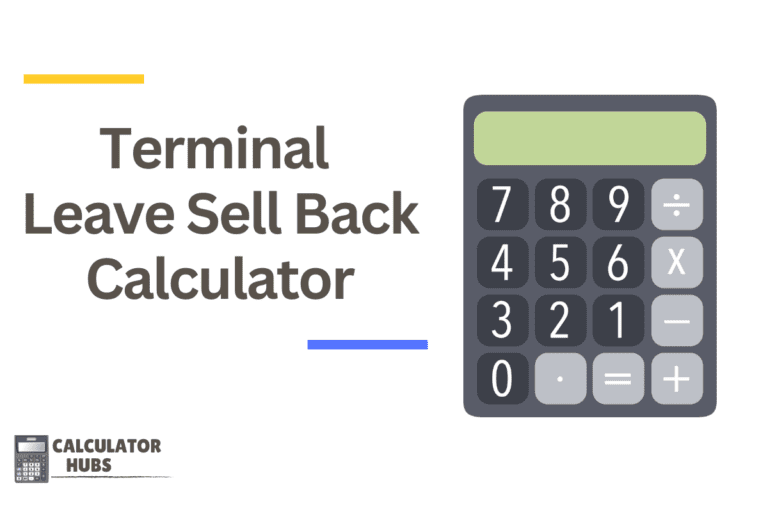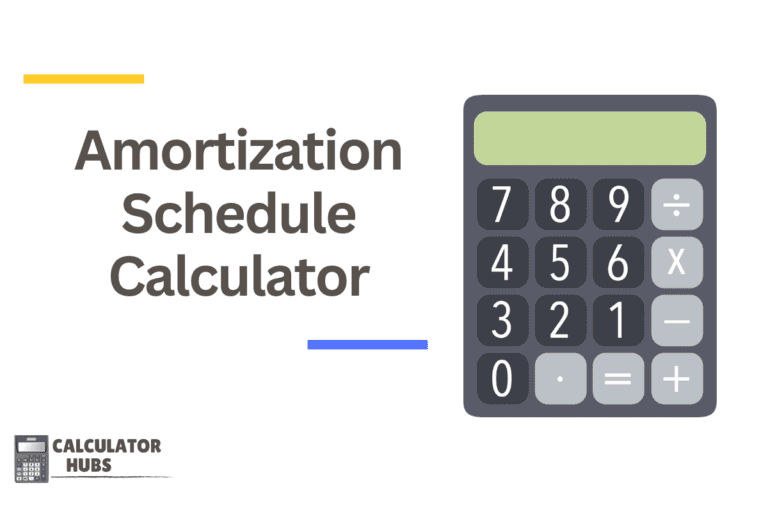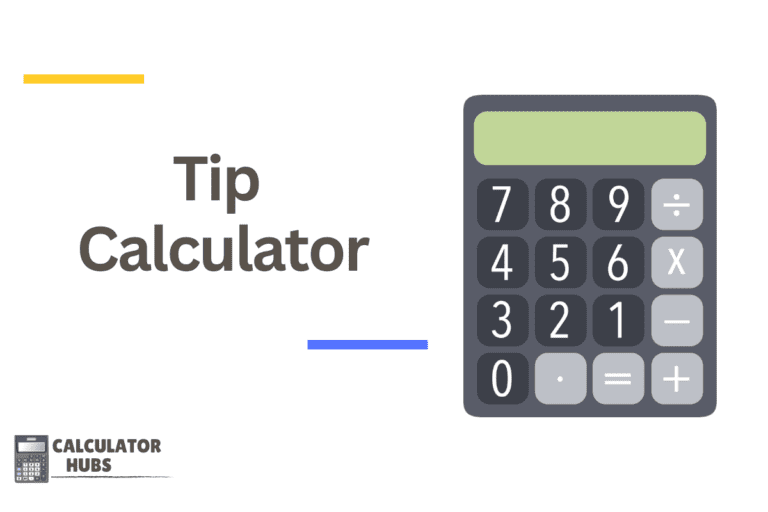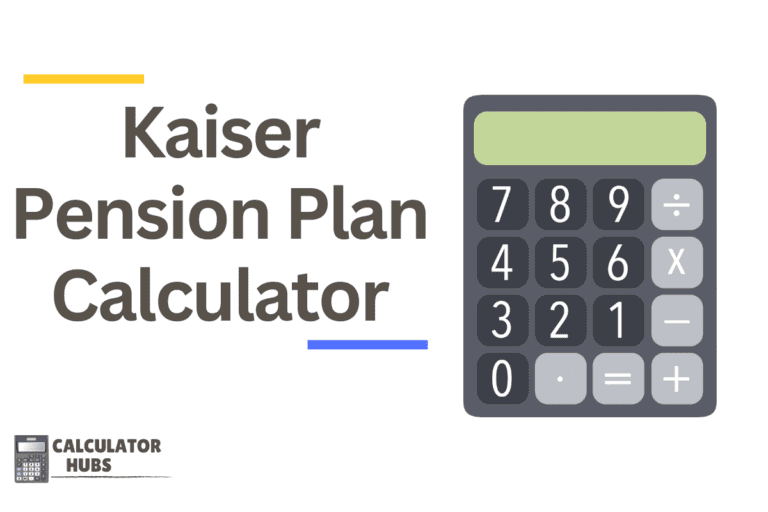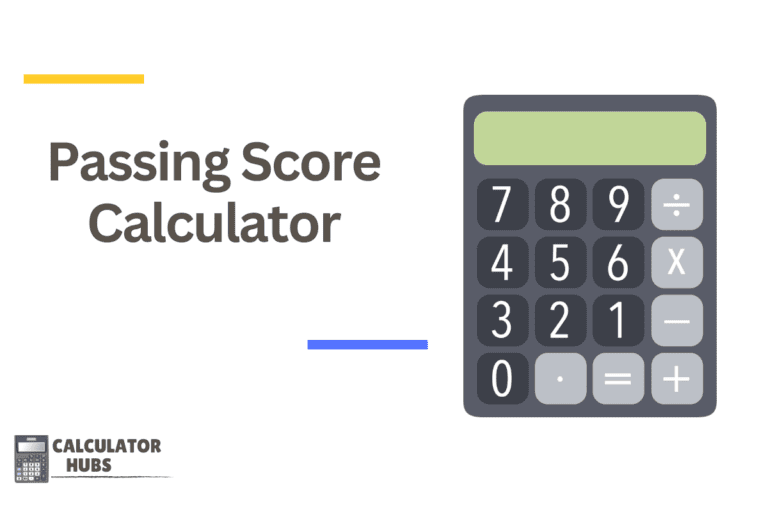401k Calculator
Estimated Balance at Retirement: $0.00
401k Calculator is a vital financial planning tool designed to help individuals estimate the future value of their 401k retirement plan. This calculator assists users in understanding how their contributions, employer match, and the plan’s growth can impact their retirement savings, providing a clear view of potential financial security during retirement.
How the 401k Calculator Works
The 401k Calculator takes into account various factors including regular contributions, employer matching contributions, expected annual return, and the number of years until retirement to project the future value of the 401k account.
Key Inputs:
- Current 401k Balance: The starting amount already in the 401k plan.
- Annual Contribution: The amount the employee contributes annually to the 401k.
- Employer Match: The contribution from the employer, which might be a percentage of the employee's salary or contributions.
- Match Cap: The maximum percentage of the salary that the employer will match.
- Expected Annual Return: The average percentage the 401k investments are expected to earn each year.
- Years to Retirement: The number of years until the individual plans to retire.
Formula Used:
The future value of the 401k account is calculated using a compound interest formula adjusted for annual contributions and employer match:
FV = PV × (1 + r)^n + [PMT × (1 + r) × ((1 + r)^n - 1) / r]Where:
- FV is the future value of the 401k.
- PV is the current 401k balance (present value).
- r is the expected annual return rate.
- n is the number of years until retirement.
- PMT is the total annual contribution including employee and employer contributions.
General Terms and Definitions Table
| Term | Definition |
|---|---|
| Current 401k Balance | The existing amount saved in the 401k plan. |
| Annual Contribution | The yearly amount contributed by the employee. |
| Employer Match | Additional funds added by the employer, often a percentage of the employee's contributions or salary. |
| Match Cap | The limit to how much the employer is willing to contribute as a match. |
| Expected Annual Return | The average yearly return expected from the 401k investments. |
| Years to Retirement | The duration in years until the employee intends to retire. |
Example of Calculator Use
Scenario:
- Current 401k Balance: $50,000
- Annual Contribution: $5,000
- Employer Match: 50% of contribution
- Match Cap: 6% of salary ($3,000 cap on a $50,000 salary)
- Expected Annual Return: 7%
- Years to Retirement: 20
Calculation:
- Employer Contribution: Lesser of 50% of $5,000 or $3,000 = $2,500
- Total Annual Contribution: $5,000 (employee) + $2,500 (employer) = $7,500
- Calculate future value using the formula above with these inputs.
This scenario demonstrates how a 401k calculator can help an individual plan for retirement by considering various contributing factors and projecting future savings.
Most Common FAQs
1. What if my employer does not match my 401k contributions?
You can still use the calculator by setting the employer match to zero, which will let you see the growth based solely on your contributions and the investment return.
2. How frequently should I check my 401k growth using this calculator?
It’s a good practice to reevaluate your retirement savings annually or with any significant change in salary, contribution, or employment.
3. Can I account for changing contribution rates over time?
While basic calculators assume constant contributions, more advanced calculators or financial advisors can help model varying contributions.
4. How does compounding frequency affect my 401k growth?
Compounding frequency can have a significant impact. More frequent compounding results in higher effective returns over time.
5. Are taxes considered in the 401k Calculator?
Most 401k calculators do not account for taxes on distributions; they focus on the growth of the account pre-tax.
The 401k Calculator is an essential tool for effectively planning for retirement, providing users with critical insights into how their retirement savings could grow based on their current and projected investment strategy.

